Elizabeth Gaskell was one of the most iconic writers of the Victorian age. Her novels blend social history with passionate love stories, family drama and wonderful characters. Visiting Elizabeth Gaskell’s house in Manchester is a must-do for all Elizabeth Gaskell fans, but even if you haven’t read her books it’s definitely worth your time.
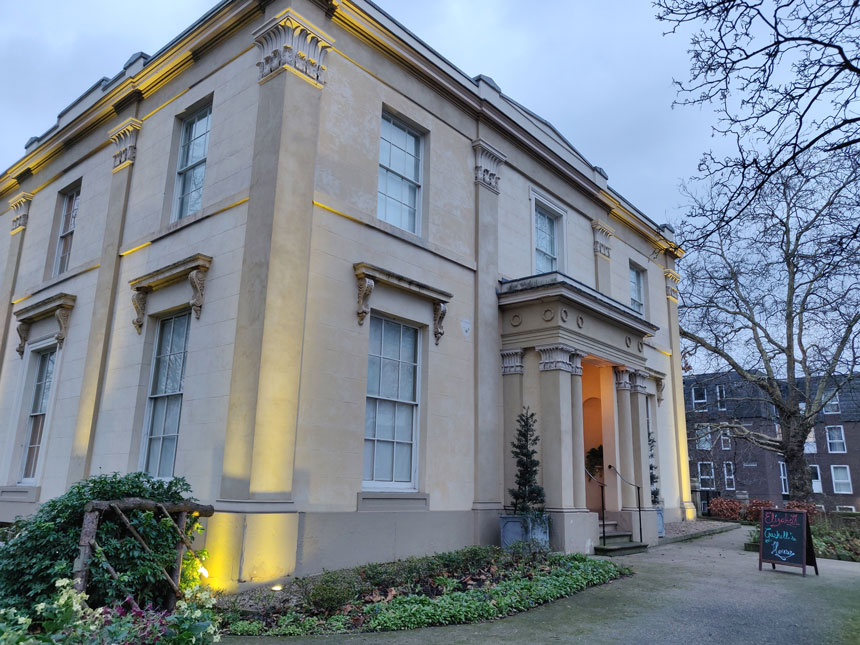
Who was Elizabeth Gaskell?
Elizabeth Gaskell was an English writer, whose works include novels, poems, short stories and a biography of her friend Charlotte Brontë. She was born in London to a prominent family. Her mother died when she was a child and she was sent to live with her aunt in Knutsford, Cheshire – a town she later immortalised as Cranford in the novel of the same name.
Elizabeth married William Gaskell, a Unitarian minister and charity worker in 1832 and the couple settled in Manchester. William was passionate about the education of the working classes, and Elizabeth joined him in teaching reading and writing at Sunday schools in Manchester – a controversial move at the time.
William Gaskell was a writer in his own right and he encouraged Elizabeth to write as well. In 1837 a poem they’d written together, “Sketches among the Poor, No. 1” was published in a literary magazine. When their baby son died of scarlet fever in 1845, William is said to have supported and encouraged Elizabeth to write her first novel Mary Barton to help distract her from her grief.
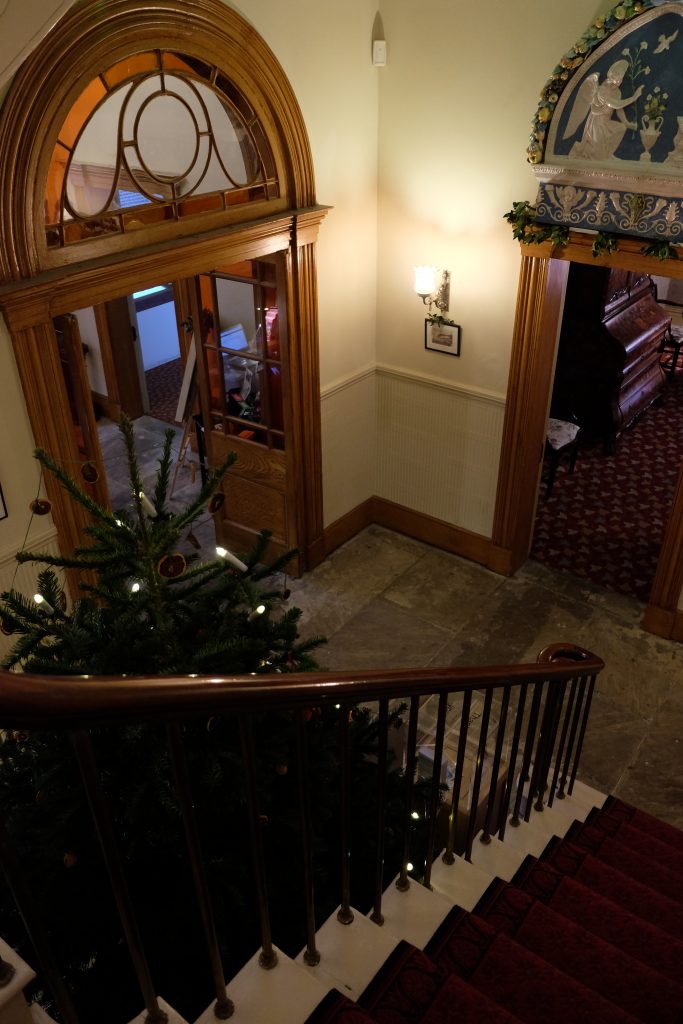
Elizabeth Gaskell went on to write eight novels, eight novellas and collections and a considerable number of short stories. Her Life of Charlotte Brontë was the first Brontë biography, although she chose to leave out some of Charlotte’s more controversial activities.
Her novels deal with class, the industrialisation of northern towns and the role of women, and are just as interesting for their social commentary as they are for their vibrant characters. For a respectable woman from a good family and with a prominent position in Manchester society, her novels are surprisingly radical, particularly Mary Barton and Ruth.
Elizabeth Gaskell’s works are also notable for their unusual use of dialect; she believed that using words like “nesh” for soft increased the authenticity of her characters and allowed her to express feelings and concepts particular to the characters and places in her work. William Gaskell was an expert on the Lancashire dialect and wrote notes on Lancashire words for Elizabeth’s novel Mary Barton.
My own interest in Elizabeth Gaskell began when I was at university in Manchester studying English. My professor was a Gaskell expert and so North and South, Mary Barton and Cranford all featured on my first year reading list. My old battered copy of North and South even has an introduction by him.
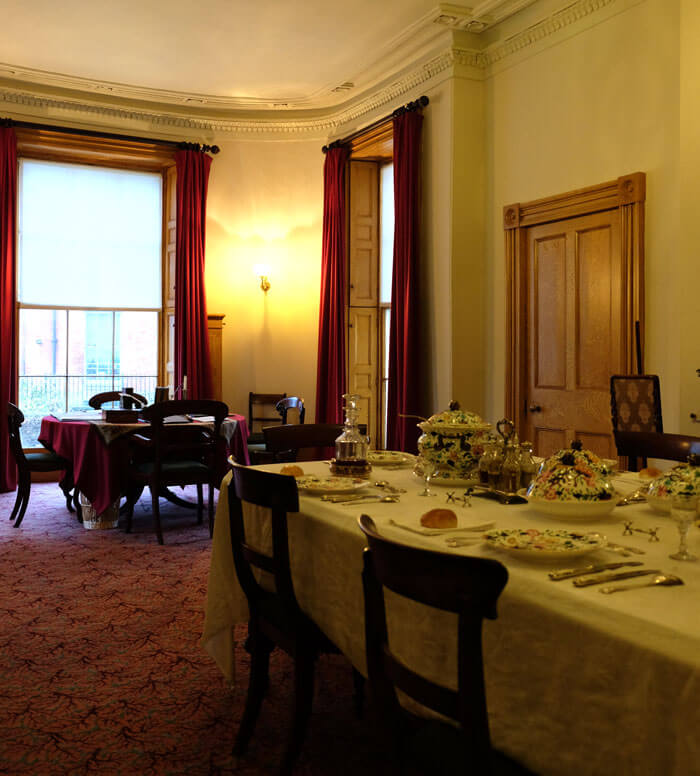
Where is Elizabeth Gaskell’s house?
In 1850, Elizabeth and William moved to 84 Plymouth Grove. The house is just south of Manchester city centre in an area that’s now completely built up but in the Gaskells’ day was on the edge of the countryside. The house was around 12 years old when the Gaskells moved in and had been built as part of a development catering to Manchester’s middle classes.
The house at Plymouth Grove was a considerable extravagance for the couple, costing half William’s salary. Elizabeth was also concerned about living in a luxurious house while other people lived in poverty. Charlotte Brontë described the Gaskells’ home as “a large, cheerful, airy house, quite out of Manchester smoke”. Charlotte visited three times in the early 1850s; other visitors to the house included Charles Dickens, Harriet Beecher Stowe, John Ruskin and conductor Charles Hallé.
Elizabeth Gaskell lived in the Plymouth Grove house until her death in 1865. Cranford, North and South, Ruth and Wives and Daughters were all written in the house. The 15 years between the Gaskells moving in and Elizabeth’s death were the most productive of her life.
Can I visit Elizabeth Gaskell’s house?
Yes you can. Elizabeth Gaskell’s house has been open to the public since October 2014, but it’s been a long journey to get there. The last Gaskell to live in the house, Elizabeth and William’s daughter Meta, died in 1913 and for much of the 20th century the house’s future was uncertain. There were attempts to turn it into a writers’ house museum early on, but the local council were not supportive. The decaying house was listed in 1952 to protect it from demolition.
After a number of years as a University of Manchester building, restoration began. A lottery grant helped kickstart work on the interiors, and many of the rooms now look as they would have done in the Gaskells’ time.
Elizabeth Gaskell’s house is open for visitors on Wednesdays, Thursdays and Sundays between 11am and 4.30pm. Last entry is 3pm. You should pre-book your visit on the website.
Tickets for Elizabeth Gaskell’s house cost £8.50 for adults. Children under 16 can visit free when accompanied by an adult. Tickets are valid for 12 months.
What is there to see at Elizabeth Gaskell’s house?
So far, the Morning Room, Drawing Room, Dining Room and William Gaskell’s study have all been restored to how they would have looked in around 1857. The Morning Room contains some of the family’s belongings, including Elizabeth’s wedding veil. The most recent room to be restored is Elizabeth’s bedroom.
Visiting Elizabeth Gaskell’s house is a wonderfully hands on experience. Very little in the house is roped off, so you can touch the furnishings and walk freely around the rooms. It’s easy to imagine that you’re one of the Gaskells’ illustrious friends, visiting Elizabeth and William at home.
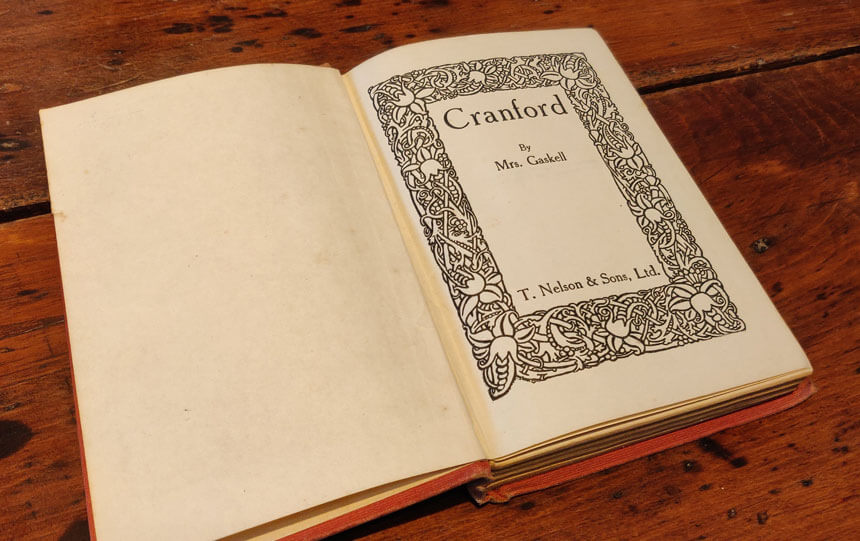
There are volunteers in most of the rooms ready to answer any questions that you might have about the Gaskells. Everyone I met was really friendly and excited to tell me stories about the house. I particularly enjoyed hearing about Charlotte Brontë’s visit, when she was so shy she hid behind the curtains in the Morning Room to avoid having to talk to any of Elizabeth’s other guests.
Downstairs, in what would have been the servants’ quarters, there’s a lovely tea shop with gifts and books on sale. There’s also an events room for the many special events at the house.
Special events at 84 Plymouth Grove
One of the best things about visiting Elizabeth Gaskell’s house is the range of events that the Trust and volunteers put on. I first visited the hours for a talk on Christmas in Victorian literature which was accessible and interesting.
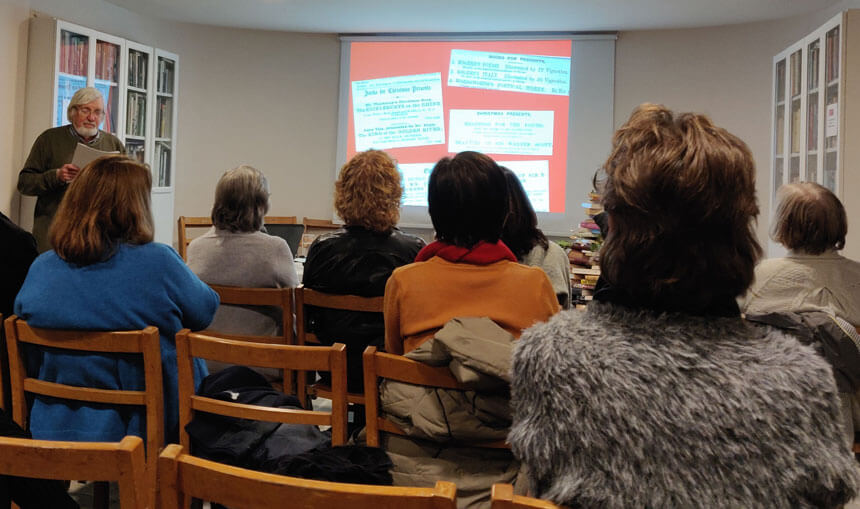
If you’re interested in visiting Elizabeth Gaskell’s house then it’s well worth checking out out the What’s On pages on the website to see if you can time your visit to coincide with one of their talks, tours or workshops. There’s a second-hand book sale every second Sunday of the month.
Other places to visit near Elizabeth Gaskell’s house
Elizabeth Gaskell’s house is only a mile from Manchester city centre so there’s plenty of other things to do in the area. There are also a number of attractions nearby.
The Whitworth Art Gallery is 0.7 miles away and 14 minutes’ walk from Elizabeth Gaskell’s house. It’s one of the best art galleries in the north of England and is housed in a stunning Edwardian building with a modern extension. The Whitworth won the Art Fund’s Museum of the Year prize in 2015.
Like the Whitworth, Manchester Museum is part of the University of Manchester. It’s also 0.7 miles and 14 minutes away from the Gaskell house on foot. The museum is free to visit and has a large collection of fossils, archaeological artefacts and geological samples.
The Victoria Baths is a beautiful Edwardian swimming pool and Turkish baths complex, although nobody has taken to the water here since 1993. The building stood empty for a number of years until a TV programme raised awareness of its plight; it’s now undergone partial restoration.
The building is open occasionally for events like vintage fairs, film screenings and a vegan Christmas market – details are on the website. The Victoria Baths are just under half a mile from Elizabeth Gaskell’s house and it’ll take around 7 minutes to walk between the two.
